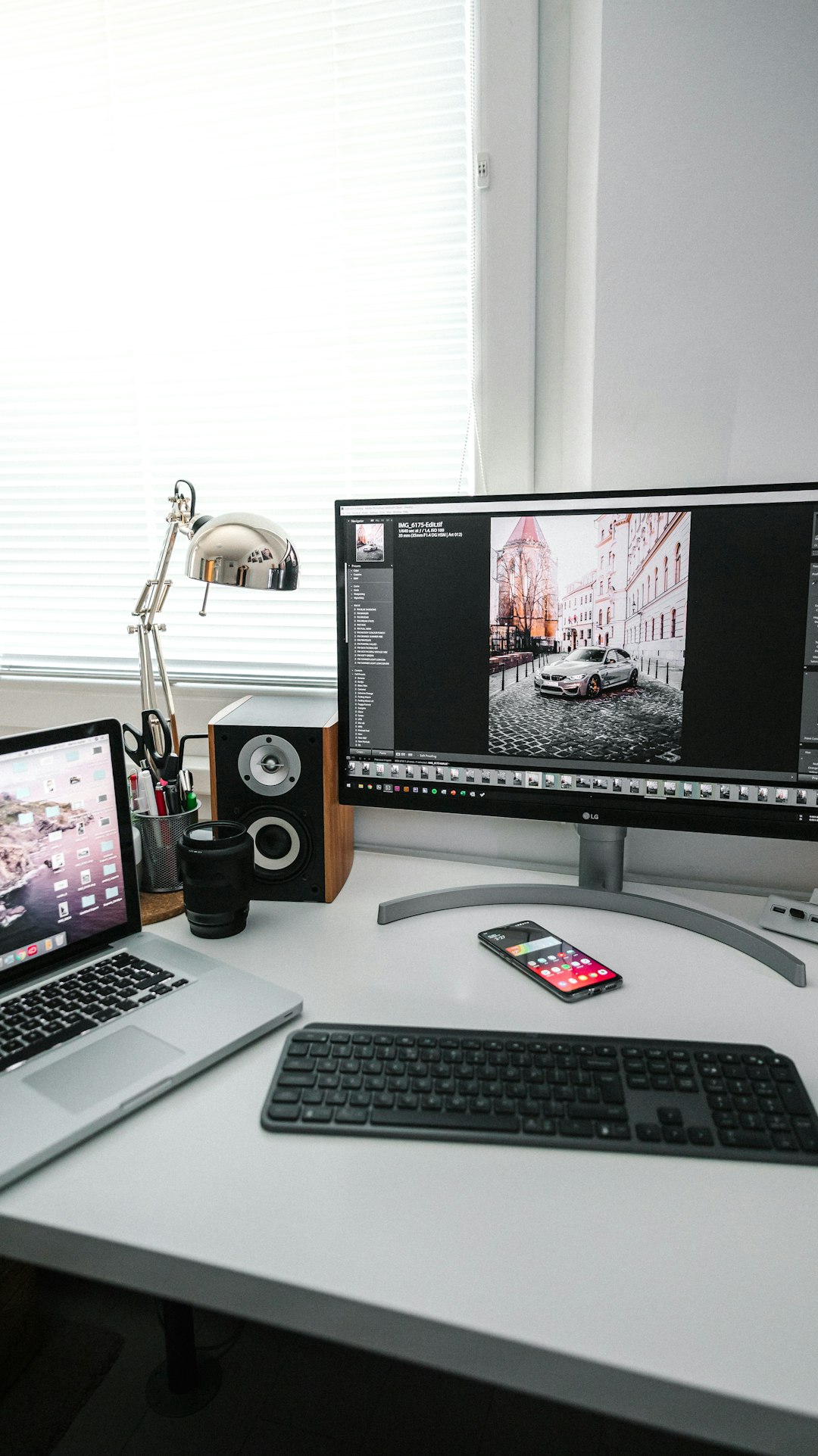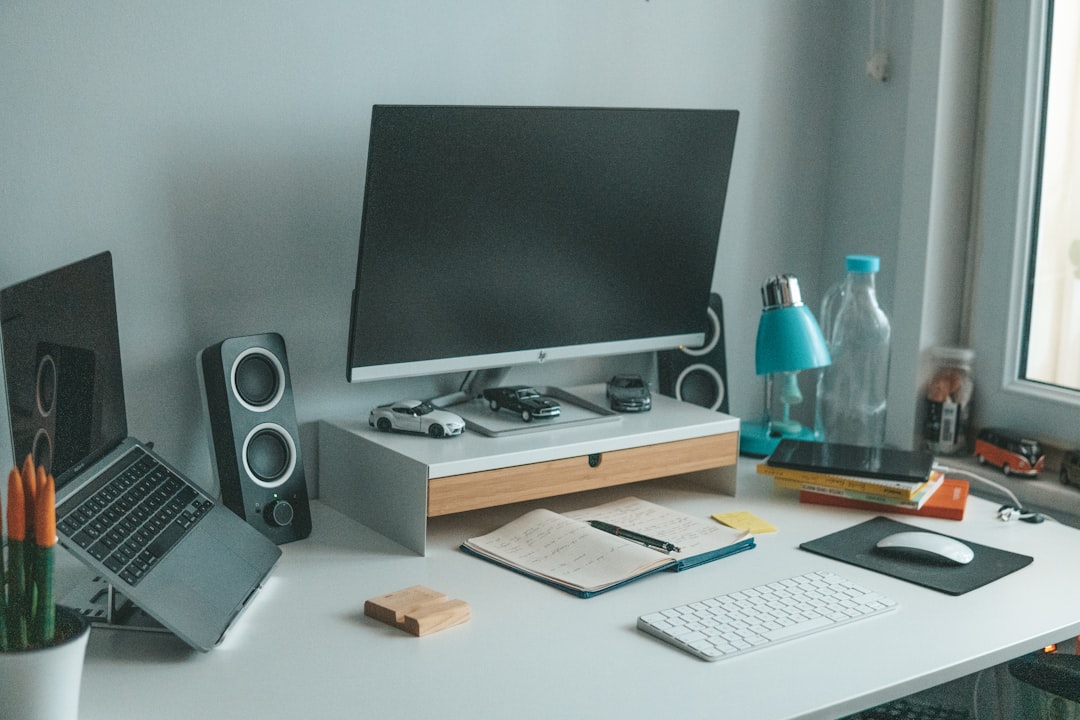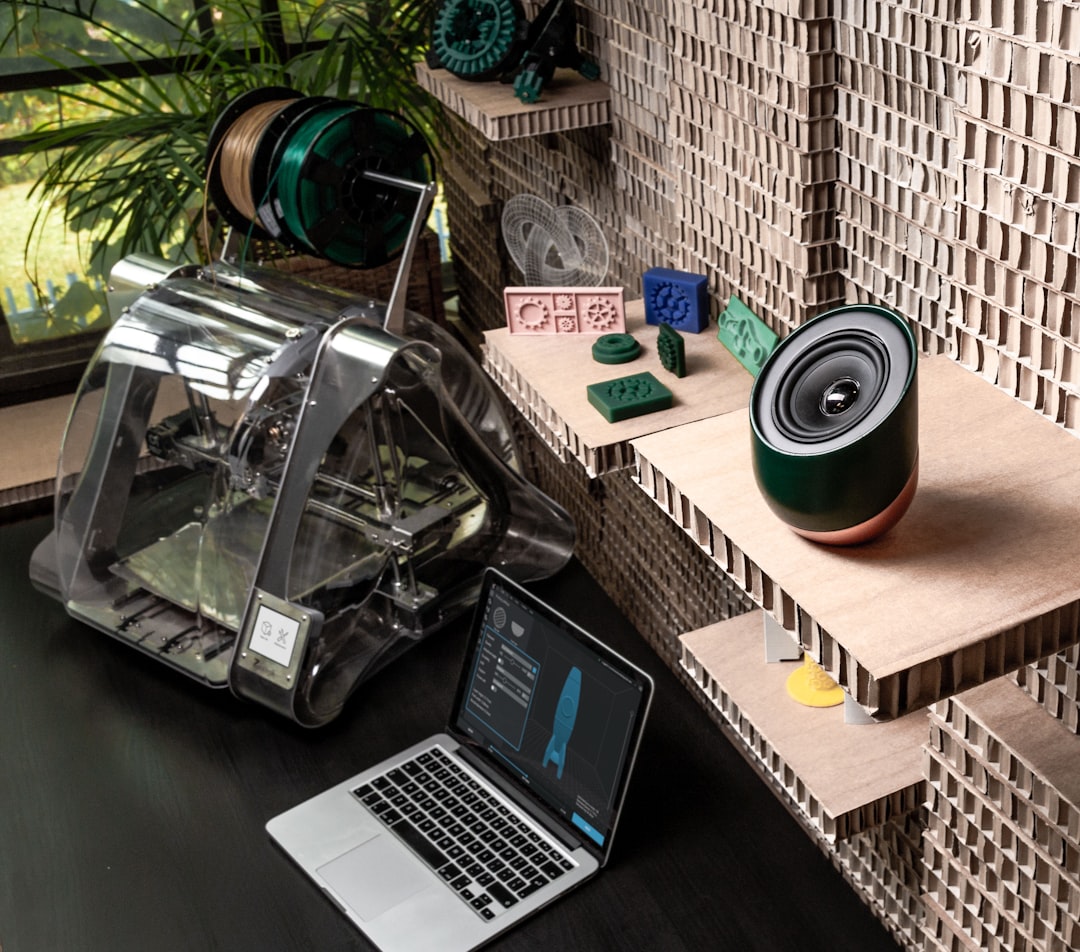In the modern world of entertainment technology, DJs have more gear choices than ever before. One of the newer innovations in mobile DJ equipment is the rise of DJ speakers with built-in lights. These flashy newcomers blend sound and visual effects into one portable unit, promising not just impressive audio performance, but an immersive lighting setup to match. But the real question is: are these multifunctional marvels genuinely useful, or are they simply flashy gimmicks that fade as fast as a strobe light?
The Appeal of DJ Speakers with Built-In Lights
The concept is undeniably appealing. For novice DJs or event planners looking to enhance parties without hollowing their wallets, combining both sound and lighting components in one convenient device seems like a dream. These speakers often feature LED lights that can pulse to the beat of the music, add colorful ambience, or even produce club-like lighting effects.
This hybridization simplifies setups, reduces the need for transporting extra lighting rigs, and creates an instant focal point at events. More importantly, many models cater to a wide demographic, from home party enthusiasts to mobile event DJs.

Performance vs. Aesthetics
When evaluating whether these speakers live up to their appeal, it’s important to separate form from function. First, let’s look at the audio quality. Leading brands have made strides in balancing lighting effects with sound fidelity. Some top-tier speakers provide deeply resonant bass, crisp mids, and strong treble—all without interference from the LED light mechanisms.
However, as with many multi-functional devices, there can be compromises. Entry-level models may skimp on either sound or lighting components, giving you passable, but not remarkable, quality. Budget-conscious designs might offer dazzling light shows while producing flat or distorted sound when played at high volumes. On the flip side, some speakers nail excellent audio performance but throw in mediocre lights that feel like an afterthought.
For serious professionals, it’s often crucial that audio quality isn’t sacrificed. That’s why many top-rated DJs still opt for separate component systems, utilizing premium speakers and dedicated lighting gear tailored to their specific production needs.
Use Cases: Who Can Benefit the Most?
While club DJs and performance purists might turn up their noses at combo speakers, there is a wide swath of users who can genuinely benefit from the convenience this type of equipment offers.
- Mobile DJs: For weddings, corporate events, birthdays, and other gigs where speed, portability, and simple setup matter most, these all-in-one speakers are a blessing.
- Home Entertainers: Hosting karaoke nights or impromptu garage parties becomes easier and more festive with built-in lighting effects.
- Younger DJs and Beginners: Enthusiastic newcomers to the DJ scene can enjoy both lights and sound without investing in high-end gear.
- Schools and Community Centers: Budget-friendly options cater well to institutions wanting reliable, attractive A/V equipment for dances and assemblies.
Types of Built-in Lighting Features
Not all lighting setups are created equally. Here’s a breakdown of what users might find in various models:
- Beat-syncing RGB LEDs: Lights that pulse or change color based on the music’s tempo.
- Strobe lights: Sharp flashes of white used for dramatic, high-energy moments.
- Ambient light glows: Gentle color fades and patterns ideal for background atmosphere.
- Laser or pattern projectors: Some high-end units include mini projectors that display visuals on nearby walls or the dance floor.
These lights are typically programmable via the speaker’s onboard control panel or an accompanying app, allowing users to customize shows or automate effects to suit the mood of the event.
Portability and Convenience
One of the major reasons users gravitate toward hybrid speakers is sheer convenience. DJs no longer need to lug around two heavy-duty systems when one can suffice. It also means faster setups, fewer tangled cables, and fewer compatibility headaches. All-in-one speakers usually include handles, wheels, rechargeable batteries, and Bluetooth connectivity, making them a powerhouse of portability.
For smaller events, this combination gear is a practical choice that reduces prep time without severely compromising performance standards.

Cost Considerations: Are They Financially Worth It?
When adding up the costs of standalone lighting and speaker systems, the price tags climb quickly. Combining these two elements into a single unit can save hundreds—if not more. For example, a quality mid-range speaker with built-in LED lighting might be available for $200–$400, whereas purchasing speakers and lighting separately could cost $600 or more for comparable features.
However, it’s vital to remember that you get what you pay for. Some cheap models may look exciting online but fall short in power or durability. For those who frequently DJ multiple events per week, investing in higher-grade audio and separate lights still provides better control and scalability.
Are They Just a Gimmick?
Not necessarily. The perception that lighting-integrated speakers are “gimmicky” comes from common associations with flashy consumer electronics lacking depth. But light doesn’t automatically mean lightweight. There are several models on the market targeted toward serious hobbyists or budget-conscious professionals that deliver solid environments without embarrassing quality issues.
Like any gear, the key lies in identifying specific needs. If the goal is to wow a crowd with big sound and accompanying visuals on a modest budget and setup time, these dual-purpose speakers are not just practical—they’re transformational. But if the bar is studio-quality output and modular lighting control, traditional separate systems remain superior.
Conclusion
So, are DJ speakers with built-in lights worth it or just a gimmick? The answer lies somewhere in between. For beginners, mobile entertainers, amateurs, and small venues, this versatile gear can be a game changer—delivering solid-level performance, portability, and crowd-pleasing visuals. For professionals seeking custom sensory control, however, dedicated systems still reign supreme.
Ultimately, it all comes down to use case, expectations, and willingness to trade a bit of control for convenience. But in many modern venues, where setup speed and style matter just as much as sound quality, speakers with built-in lights are far more than a passing trend—they may very well be the future of casual DJing.
FAQ
- Q: Do the lights affect the speaker sound quality?
A: In most well-designed models, built-in lights do not interfere with audio quality. However, in budget options, components may overlap, leading to some compromise. - Q: Can I turn the lights off?
A: Yes, most models include a switch or software setting to turn off or adjust lights independently of the music. - Q: Are they loud enough for outdoor events?
A: Many models are powerful enough for small to mid-sized outdoor gatherings. Be sure to check wattage and speaker size before purchasing. - Q: Can I add more lights later?
A: Absolutely. These speakers often include ports or wireless connectivity, allowing for the addition of external lighting or audio equipment. - Q: Are they only made for DJs?
A: No, they’re also great for home use, parties, exercise classes, events, and even for public speaking with music support.



